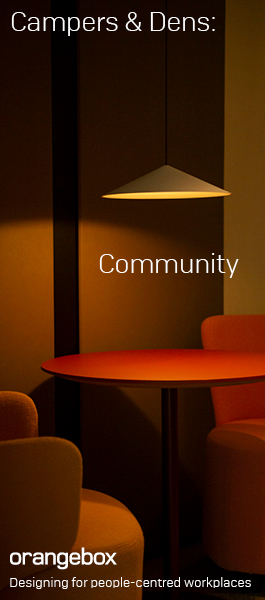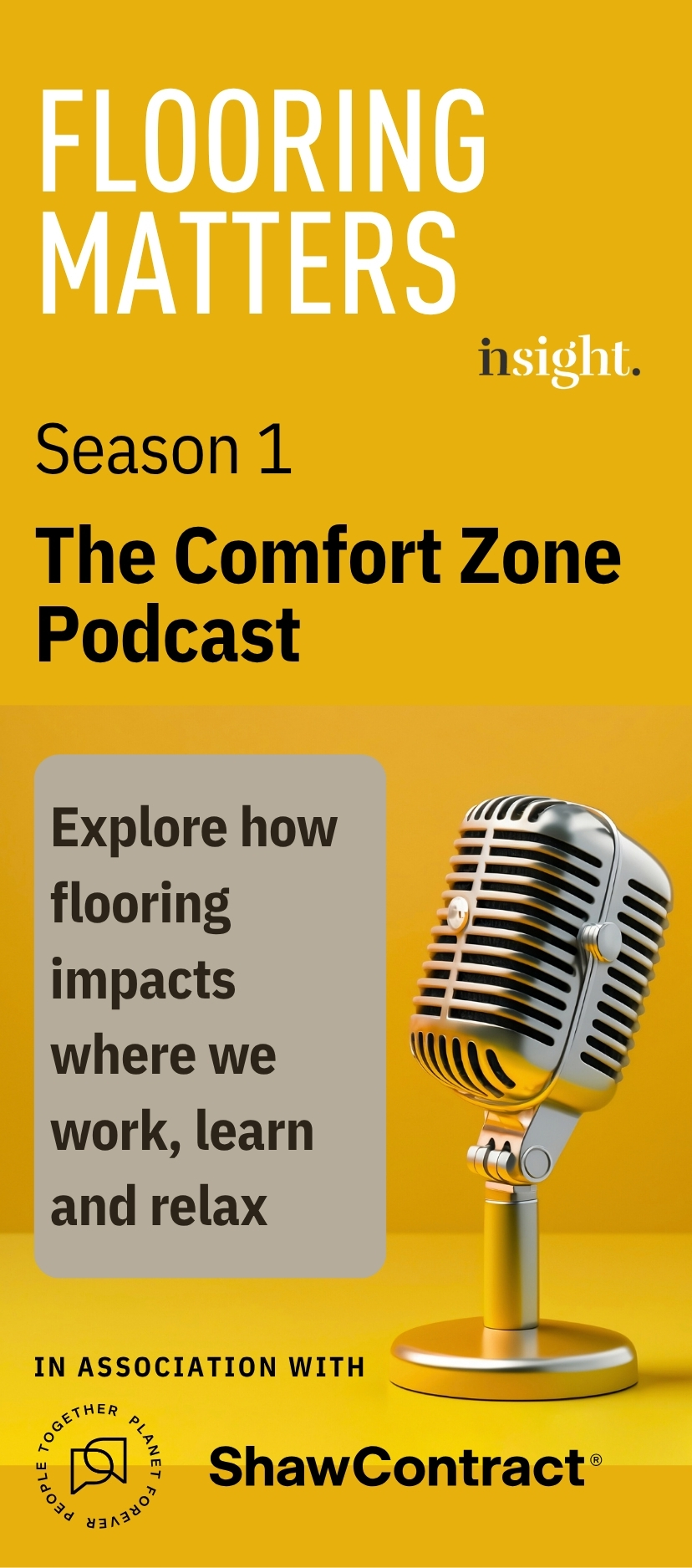June 28, 2023
City dwellers take advantage of hybrid working to relocate to suburbs, towns and countryside
 A new report from IWG claims that suburbs, small towns and rural areas across the US and UK are booming, as people take advantage of hybrid working to migrate from larger cities. The study, undertaken in partnership with Arup, suggests that an estimated 500,000 people will leave US cities this year – 59 percent higher than pre-2020 levels – with most moving to suburbs, revitalised former dormitory towns and rural areas. Similarly, outbound migration across the UK is continuing at a faster rate than pre-pandemic levels, and there is strong evidence that suburbs and small towns have higher levels of economic activity than before 2020. (more…)
A new report from IWG claims that suburbs, small towns and rural areas across the US and UK are booming, as people take advantage of hybrid working to migrate from larger cities. The study, undertaken in partnership with Arup, suggests that an estimated 500,000 people will leave US cities this year – 59 percent higher than pre-2020 levels – with most moving to suburbs, revitalised former dormitory towns and rural areas. Similarly, outbound migration across the UK is continuing at a faster rate than pre-pandemic levels, and there is strong evidence that suburbs and small towns have higher levels of economic activity than before 2020. (more…)




















 A recent survey conducted among LABS members shows that the physical office space still has a valuable place in the mindset of how they want to work. More than seven in ten of those questioned said the office is a strategic device for their businesses, and more than 74 percent of members questioned use the office for two days or more per week.
A recent survey conducted among LABS members shows that the physical office space still has a valuable place in the mindset of how they want to work. More than seven in ten of those questioned said the office is a strategic device for their businesses, and more than 74 percent of members questioned use the office for two days or more per week.














June 26, 2023
A balanced approach: making hybrid working work, and accepting it isn’t optional
by Mavis Boniface • Comment, Flexible working